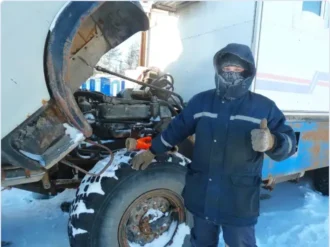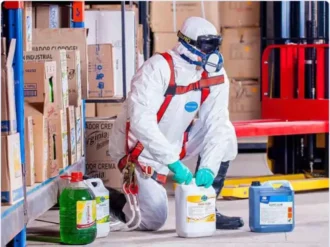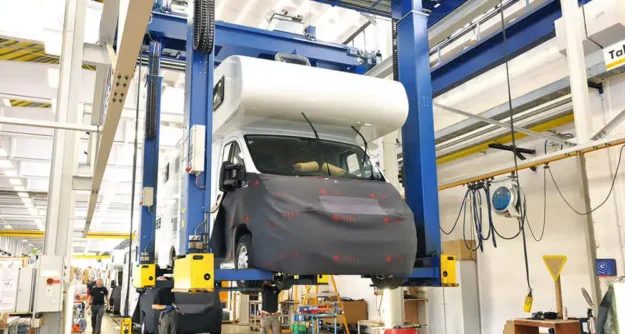Introduction
In Canada, the automotive industry employs more than one hundred thousand people, thus making a significant contribution to the nation’s economy. However, workers who specialize in car manufacturing and service are exposed to considerable risks on a daily basis. To ensure their short- and long-term health, as well as to promote a safe work environment, all employees must undergo sufficient safety training.
Potential Hazards
The most common risks associated with car manufacturing and service include:
Exposure to Hazardous Chemicals.
Workers who manufacture and repair cars are routinely exposed to a series of dangerous chemicals and substances. For example, some pads used in the brake drum of cars contain asbestos, which can be released into the air as fibers when employees attempt to fix or replace them. Without proper protection, long-term exposure to asbestos can lead to chest pains, irregular breathing, and even lung cancer. Antiknock agents and other solvents are equally dangerous. Poisonous to the human body, these substances can lead to kidney and liver malfunctions when ingested, inhaled, or absorbed through the skin. Other hazardous materials common in the automotive industry include manganese, toluene, benzene, and xylene.Exposure to Fumes and Metal Dust.
The inhalation of lead dust can cause irreversible neurological damage, which is why car manufacturing and service workers must wear adequate protection when welding, working on radiators, handling batteries, using lubricants, or painting vehicles. Given enough exposure, employees who do not wear the correct PPE experience an accumulation of lead in the lungs, as well as muscle pain, abdominal discomfort, digestive issues, numbness, impaired coordination, and depression. Diesel fumes have a similarly hazardous effect on human health and can lead to dizziness, nausea, headaches, and difficult breathing when inhaled. In the long run, constant exposure to diesel fumes has been shown to cause brain damage.Ergonomic Hazards.
Car manufacturing employees are often required to pick up, carry, and put down very heavy objects or materials, but they are not trained to do so correctly. If done carelessly, these motions can put a great deal of stress on the workers’ bodies and might increase the risk of accidents. Employees can experience back, as well as muscle and ligament injuries, at which point the likelihood of dropping the heavy object is increased and all nearby colleagues are put at risk of being struck. The same danger exists in the car service sector, where employees must perform repetitive motions in uncomfortable or awkward positions.Heat Stress.
Welding and working near controlled flames are necessary processes in the automotive industry, but the excessive heat generated by these tasks can lead to heat stress for all nearby employees. Not only are heat illnesses dangerous in and of themselves, but workers exposed to excessive heat are likely to feel dizzy, lightheaded, confused, and even faint, which ultimately increases the risk of accidents taking place.
Incident Prevention
The vast majority of accidents and injuries in the car manufacturing and service sectors are entirely preventable if workers are properly trained to recognize and diminish risks. However, without proper knowledge of the most common hazards associated with this line of work, employees can pose a danger to themselves and all nearby colleagues.
For example, ergonomic hazards account for a large number of injuries in the automotive industry, but this is only the case because most workers are not trained to use proper lifting and carrying techniques. Being trained to anticipate the issues that might occur while handling a very heavy object can help employees avoid back injuries, as well as being struck by objects.
Similarly, the exposure to hazardous chemicals, fumes, and metal dust can be avoided altogether if workers use the correct personal protective equipment. To do so, employees must be trained to choose between a wide array of PPE and to maintain the later when not in use. Of course, wearing protective gear at all times can generate excessive heat, which is why workers must also be taught to recognize the early symptoms of heat stress and respond accordingly before an accident occurs.
Recommended Safety Courses



What You Can Do to Stay Safe
If you work in car manufacturing and service, your must first become acquainted with the hazards most commonly associated with your job before you can learn to assess risks and prevent incidents. As such, your first step should be to undergo the necessary safety courses. Your employer is required by law to provide access to the latter for you and your co-workers.
To consult a more comprehensive list of courses best suited for car manufacturing and service, please visit our Automotive and Manufacturing industry page.

